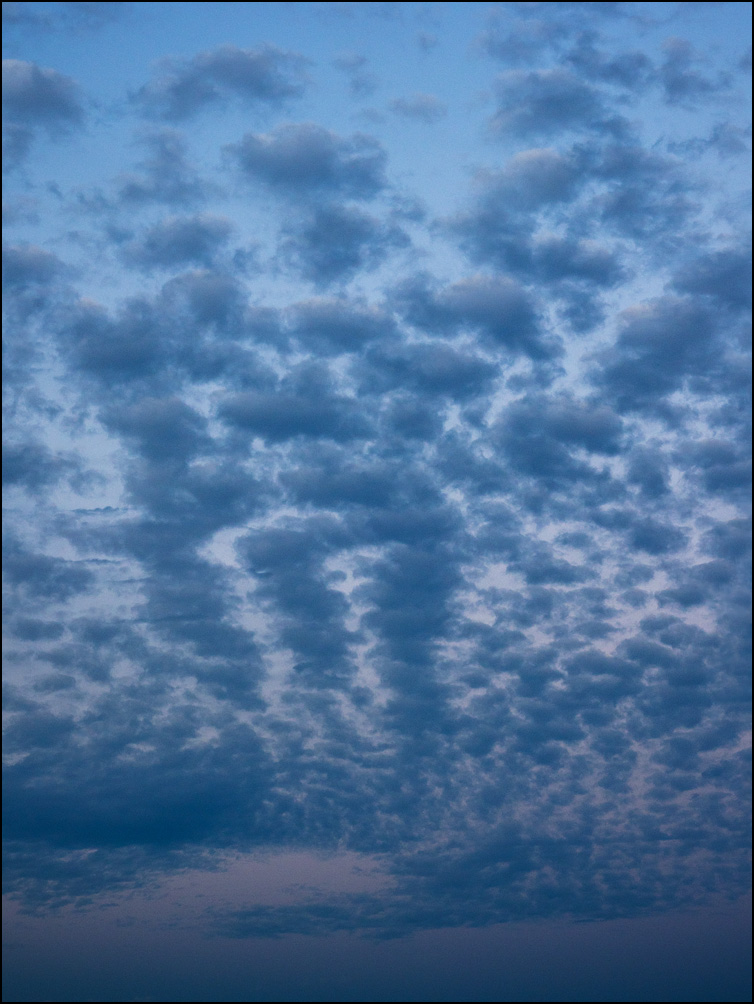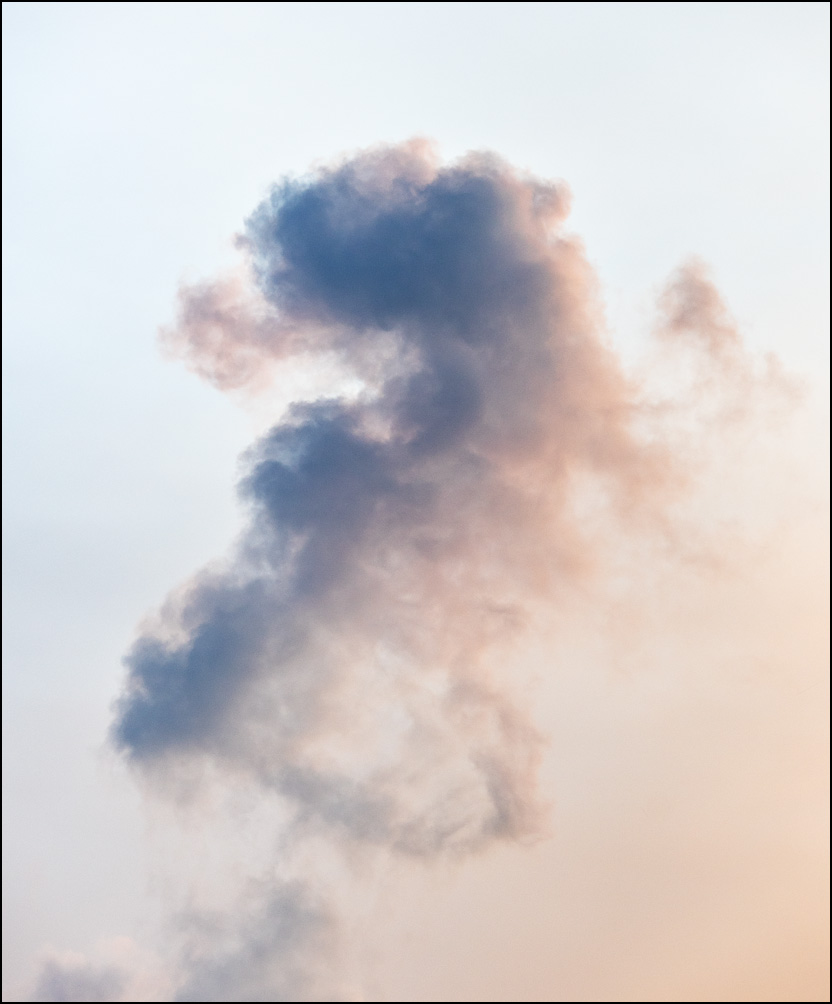Assisting Avedon, From Assistant's Magazine RIP
post 1 of 3
There are bits and pieces of the full article series on this site. I'll archive them here as, i was sorry to have found the original missing. pkr
https://assistingavedon.typepad.com/
BEGIN
"Photography's Golden Age ended long ago but remains very much alive in my memory. From 1952 through 1965 I was an assistant to the world-famous photographer Richard Avedon during his most creative period, and do I ever have the stories to tell! Now is the time to reveal all, while I'm still alive and kicking. Tales of personalities, motivations, intrigues, and even the fine details of how it was all done."
Assistant Magazine
Assistant Magazine
The first issue of Assistant Magazine is out, and is it ever glorious!
This quarterly journal deals with the past, present, and especially with the future role of assistants in fashion, fashion photography, style, the visual arts and more as stepping stones to their own careers.
Seven pages of this beautifully-produced magazine are devoted to me and my time assisting photographer Richard Avedon in the 1950s and early 1960s, his most creative period. In this I left this advice:
"Be invisible. Do your job, but don't be the center of attention.
You are there to work, not to distract."
Assistant is published in France for worldwide distribution, and is completely in English. The quality of reproduction, the paper stock, and of the layouts approaches art-book levels.
I urge anyone interested in the subject to give it a try.
http://www.assistantmagazine.com/
Posted on 11/25/2014 at 01:19 PM | Permalink | Comments (0) | TrackBack (0)
Save to del.icio.us
My name is Earl Steinbicker and I have a story to tell about Richard Avedon (1923-2004), one of the Twentieth Century's most creative and best known photographers, as his creativity matured during the 1950s and 1960s. It was my good fortune to have assisted him during this period.
I am almost certainly the only one left from that time who can tell the whole story, just as it happened those many years ago.
A few sample chapters are posted below, in blog, not app, format, and with only a very few of the many illustrations. Underlined entries are links on the actual app, but are inactive here.
CONTENTS
AvBlog2
Introduction
About the Author
Prologue
ACT I:
How it All Began
The Job Begins
That First Year
Avedon's Earlier Style
The 49th Street Studio
A Milestone is Reached
Think Pink – The Making of Funny Face
Suzy
Our Personal Relationship
INTERLUDE
Farewell, For Now
Observations
ACT II:
Return to Avedon
The 58th Street Studio
In Cold Blood
Photographing the First Astronauts
Teaching Others
Avedon's First Major Exhibition
The Paris Collections
Those Clairol Trips
Stormy Pink at a Seaside Ranch
Defiling a Castle in Spain
Nothing Personal
Leaving Avedon
EPILOGUE:
The Avedon Paradox
Avedon's Manhattan
Darkness and Light
APPENDIX:
On Being an Assistant Photographer
Avedon's Other Studios
Avedon's Cameras
Why 8x10?
Painting with Light
Those Fabulous B&W Prints
Advertising Made it All Possible
Fred Thomas and His Wondrous Toys
Cast of Characters
AVEDON'S EARLIER STYLE
AvBlog3
Those trademark stark, ultra-sharp figures against a white background for which he is now famous were not always Richard Avedon's style. Indeed, back in the 1940s and 1950s his work was often quite theatrical and made use of what he later described as "exquisite" lighting along with soft focus, blur, and grain. He even used props and costumes.
The soft focus was achieved quite simply with the 8"x10" Deardorff camera — he just smeared a bit of Vaseline around the edge of the 12" Goerz-Dagor lens. I know. I had to clean the optics after the session. I have never known him to commit this crime to a Rolleiflex lens, however. With Rolleis he created blur by jerking the camera during exposure.
Another trick he had at softening pictures was to lay a sheet of very thin tissue paper over the photographic paper being exposed under an enlarger, with the section he wanted sharp cut out, of course. The paper was moved a bit during the exposure. He also at times tilted the easel to introduce distortion. Graininess was occasionally produced by the use of Kodak's long-forgotten (but hardly missed) Super XX black & white film, overexposed and overdeveloped. These techniques were only used during those early years, and were later abandoned.
Avedon was no purist. He had no compunctions against darkroom cropping and image manipulation, nor against heavy airbrush retouching.
Lighting at the Madison Avenue studio was either under the skylight courtesy of the sun, tented in with reflector panels, or by using tungsten lamps. These consisted of two 5,000-watt bucket floods, three 1,500-watt floodlamps, and two 750-watt keg lights. All of these were on stands with wheels, and all were balanced at 3,200° Kelvin for use with Type B color films. It was several years later that he began using strobes.
Avedon's fashion photographs implied a narrative story, a major departure from the rather cold, aloof and formal fashion photography common at that time. He always took special care to show every detail of the garments while still introducing blur and other creative effects.
Unlike most magazine and advertising photographers, Avedon did not usually knuckle under to the demands of his clients. Even though he took literally hundreds of exposures on a job, he only let the editors and art directors see the few that he chose for them.
One exception to this happened at the Madison Avenue studio around 1954. The choices that he sent to Harper's Bazaar from a fashion session did not show the garment quite the way the editors thought it should. So, into the studio marched the fearsome fashion editor Diana Vreeland (1903-89), demanding to see the outtakes. Avedon was not there, and I couldn't stop her as she invaded the darkrooom and rummaged through the garbage bin where wet, chemically-drenched rejects went to die. She found a pose that she liked, screamed Aha!, then ordered "Print This!" When Avedon returned I informed him about the incident, and he then told studio manager Frank Finocchio to make finish prints of her choice.
During my first years with Avedon, a period of 53 months from September 1952 through 1956, he produced no fewer than 26 covers for Harper's Bazaar, one for virtually every other issue. The only other photographer rivaling this record was Louise Dahl-Wolfe (1895-1989), who worked for Bazaar from 1936 through 1958, and was a great influence on him.
Avedon was equally prodigious with inside pages, having several of them devoted to his fashion and portrait photography in practically every issue.
Other well-known photographers who worked for Bazaar during this period included Lillian Bassman (1917-2012), Paul Himmel (1914-2009), Steve Colhoun, Karen Radkai, Pellegrini, Gleb Derujinsky, John Engstead (1912-84), Tom Palumbo (1921-2008), Toni Frissell (1907-88), and Francesco Scavullo (1921-2004). Travel and reportage photography was done mostly by Henri Cartier-Bresson (1908-2004) and Brassai (1899-1984).
Although Avedon was already famous for his striking fashion photography, it was his commercial advertising work that paid the bills and made the whole operation possible. At that time, in the early 1950s, we probably did more advertising jobs than anything else, with clients like Revlon, Helena Rubinstein, DuPont, Maidenform, and Hertz Rent-a-Car. He was a smart businessman who really embraced advertising work, putting as much care into it as he did for the more creative jobs. There was no "artsy" pretentiousness here.
Portraiture also evolved during this period, especially with a growing concern for social problems and political awareness. As early as 1952 he was already making statements through portraiture; witness his portrait of Charlie Chaplin.
In this, he was much more of a director than a photographer, often capturing more about his subjects than they remembered revealing. He did not always succeed at this, as his January 1961 portraits of President-Elect John F. Kennedy and Mrs. Kennedy demonstrate.
During the time that I assisted him, and prior to that, virtually all of his portraiture was done with a Rolleiflex camera. It was only later that he switched to the much larger 8x10 view camera although he had long used it for fashion and advertising photography.
The critical reception given his 1964 book Nothing Personal caused him to cut back on portraiture for a few years, as he rethought his priorities. After that he came back with a vengeance, and defined his signature minimalist aesthetic.










